
It was only about three years ago that Polestar, Volvo’s performance electric sub-brand, brought its first car to Australia – the ‘2’ small SUV. Since then, the brand has commenced an assault of new model releases, with the ‘3’ large SUV landing in dealerships September last year.
Now, the ‘4’ medium coupé SUV has joined the ranks. On size and price, the 4 slots between the 2 and 3, but it accelerates faster than both – intuitive naming conventions be damned.
Pricing for the 4 kicks off at $78,500 for Long Range, climbing to $88,350 for Dual Motor (before on-roads).
This puts the 4 markedly above the best-selling Tesla Model Y ($55,900), about on-par with the Volvo C40 Recharge ($78,990) and below the BMW iX3 ($91,000).
A ‘Performance Pack’ (which can only be had on a Dual Motor with an $8000 ‘Plus Pack’ already optioned – see below) adds larger brakes, 22-inch wheels (up from 20), stickier rubber, active dampers, additional chassis tuning, and gold-accented seatbelts. This sees the sticker price hit $103,550 before on-roads.
The Polestar 4 is covered by a five-year, unlimited kilometre warranty, with its battery warrantied for eight years/160,000km. Polestar provides complimentary servicing for the first five years/100,000km.
Polestar engineers have taken a unique approach to the 4’s design, with two contradictory but non-negotiable requirements – a true coupé side profile and a roomy rear seat – achieved by removing the rear window entirely.
In its place are a colour-coded panel and high-definition camera, with the latter’s live feed sent to a monitor mounted in a standard rear-view mirror location. It works. Rear passengers get an abundance of space in their electrically reclinable seats, drivers get to see what’s behind them, and pedestrians get to admire a coupé-like side profile rolling past.
Inside, the 4 gets the same minimalist design seen across the Polestar range, with plush recycled and ethically sourced materials luxuriously curated throughout. The centre-mounted 15.4-inch touchscreen is mounted horizontally (a first for a Polestar), with an updated and customisable interface that’s a marked improvement on older models thanks to implementation of customer feedback. Steering wheel and seat position adjustment is no longer a touchscreen-only affair (we criticised the 3 for this), with buttons on the steering wheel now serving this function.
Elsewhere, the 4 is a good-looking thing. Despite being smaller in external dimensions than the 3 SUV, it gets a slightly longer (2999mm vs 2985mm) wheelbase, combining very short overhang front and rear to give an overall concept car vibe.
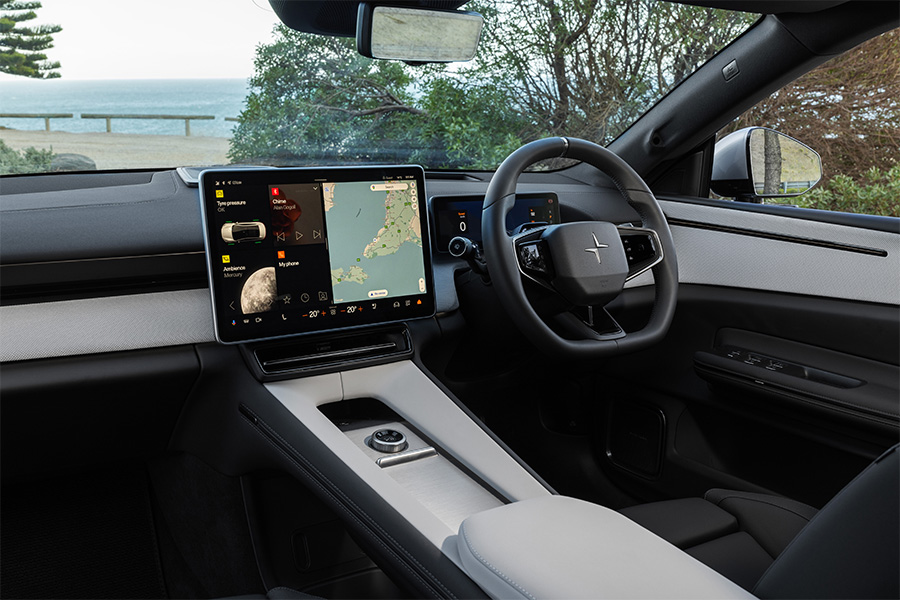
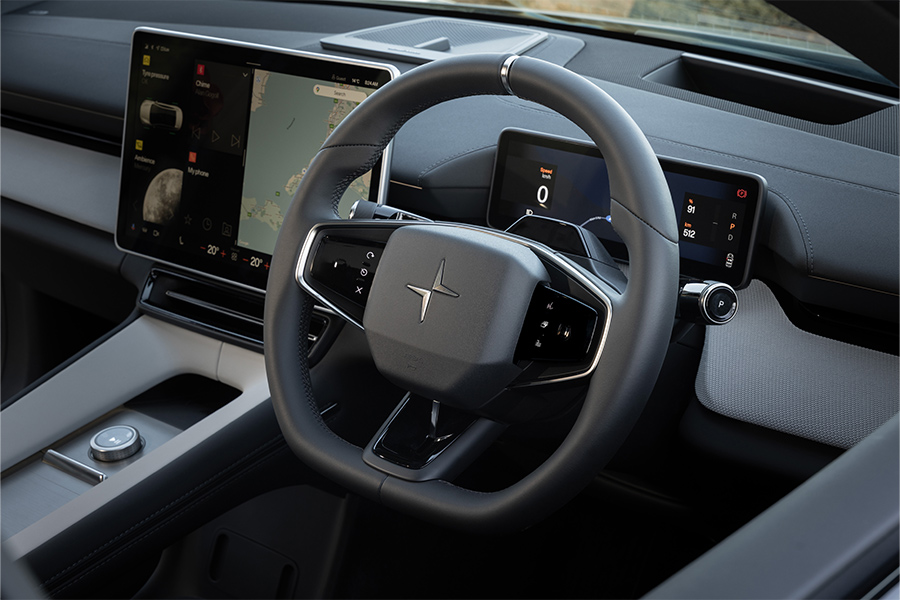
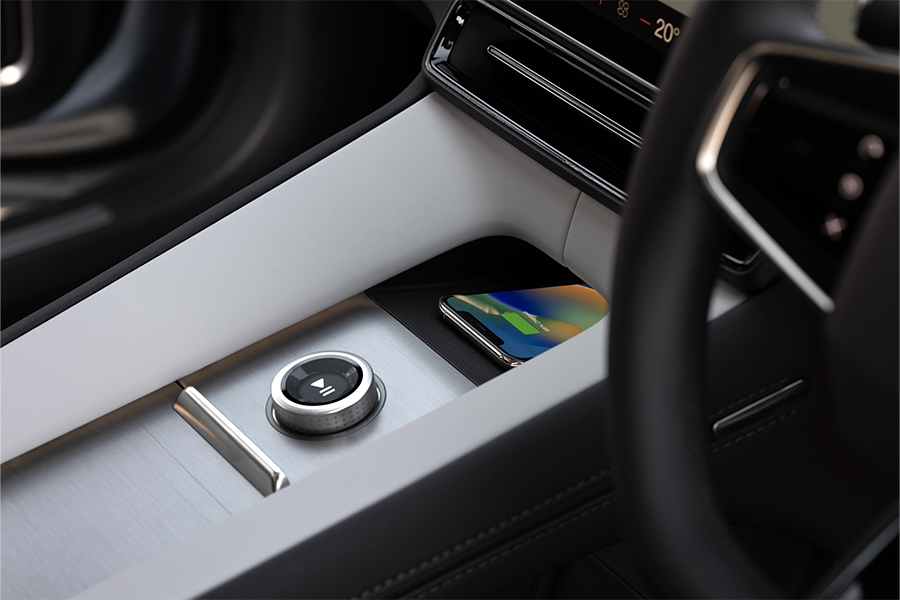
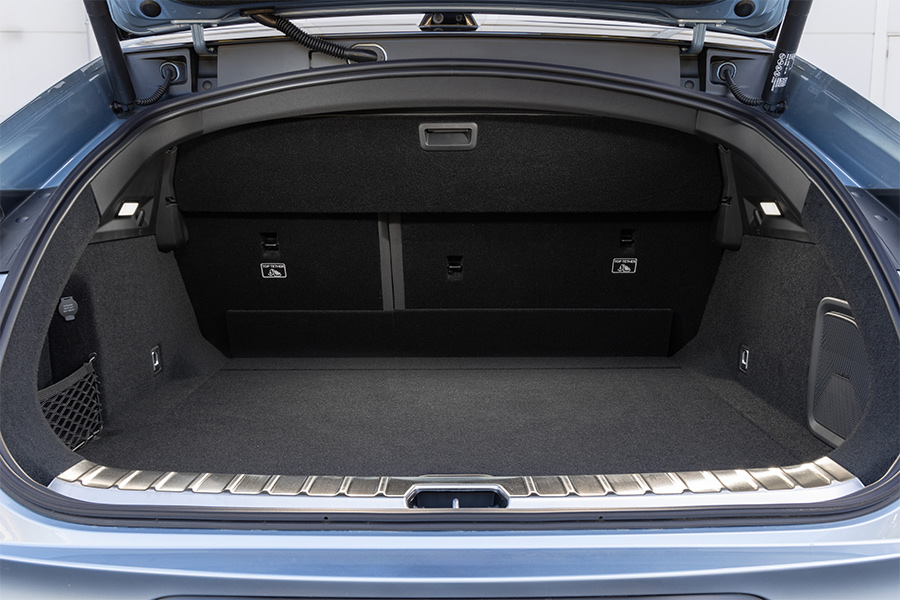
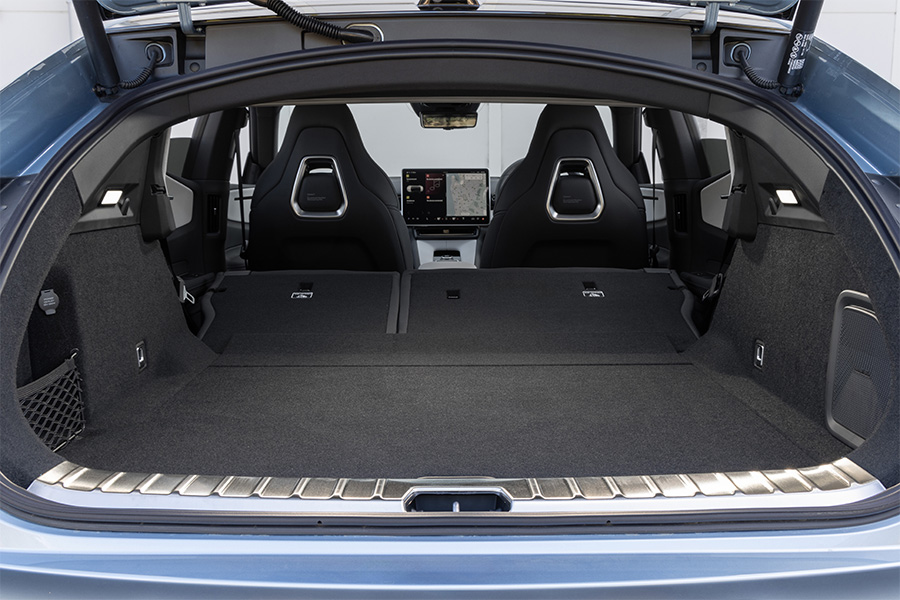
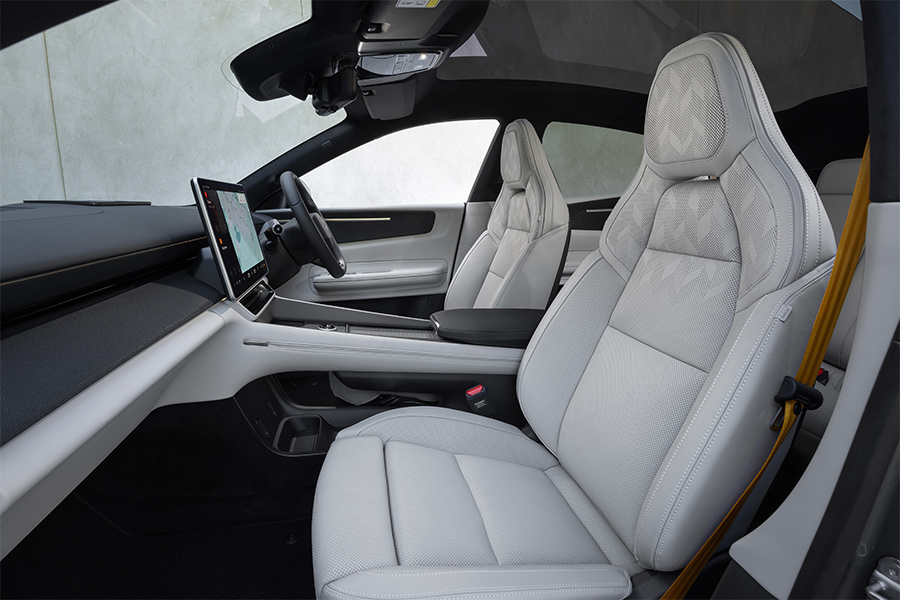
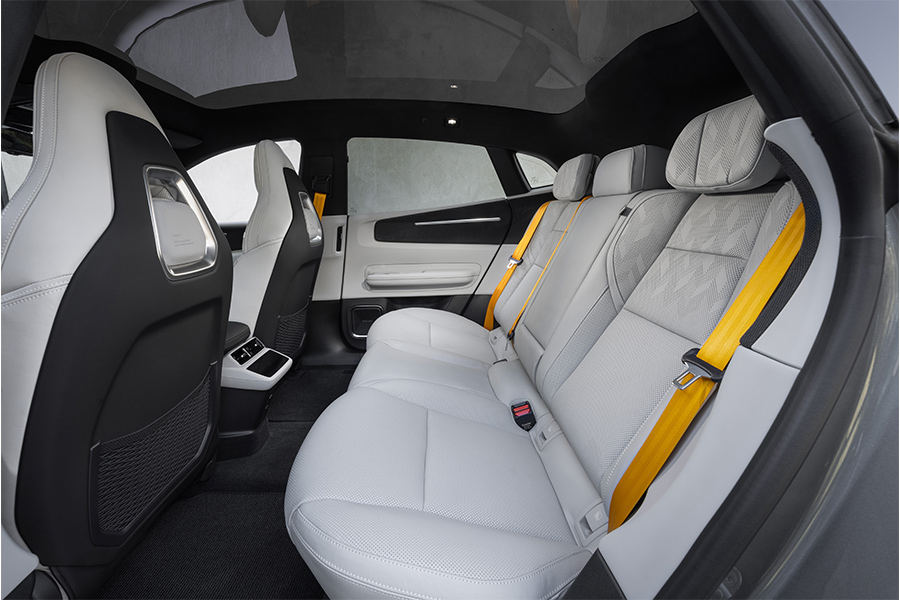
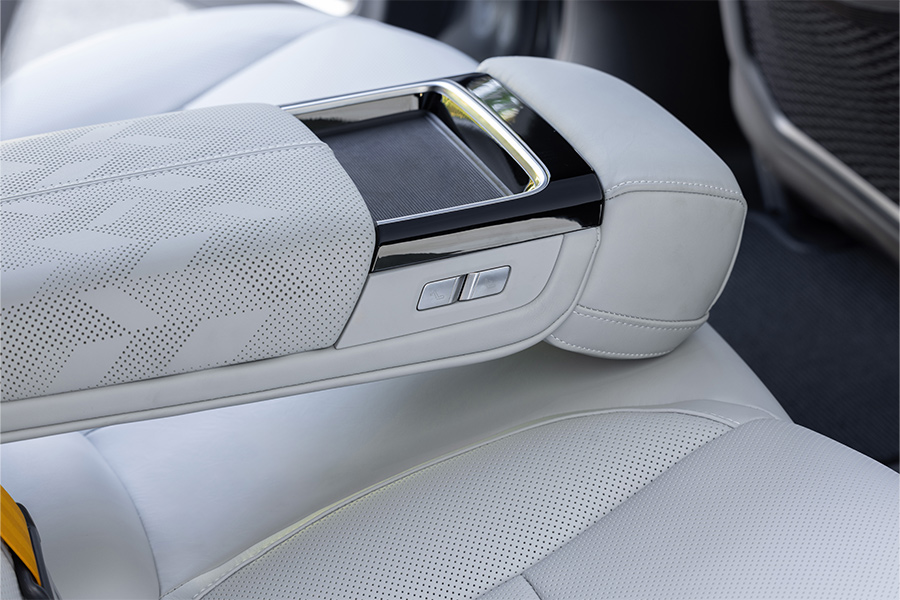
Standard equipment in the Polestar 4 is modest, though buyers have the choice of several options packs to add more refinement and luxury.
Entry-level Polestar 4s get wireless Apple CarPlay, DAB+ radio and an integrated 5G sim (including over-the-air updates) on a 15.4-inch touchscreen that runs an Android-based operating system (not the same as, but also not dissimilar to, Android Auto). Front seats feature heating and eight- and six-way adjustability for driver and passenger, with a memory function assigned to driver profiles.
Panoramic glass, LED head and tail lights, 20-inch alloys, puddle lights, a 360-degree camera, powered tailgate, keyless entry, two-zone climate control, wireless phone charging, four USB-C ports, and front and rear parking assistance feature as standard.
The Plus Pack ($8000) adds a head-up display, uprated Harmon Kardon sound system, pixel LED headlights (able to switch off areas of illumination independently), power adjustment for steering, 12-way electric front seat adjustability, tri-zone climate control, and a 5.7-inch entertainment screen (which can control climate and cycle through music), auto-dimming side mirrors, hands-free tailgate open and close function, and heating to the steering wheel and rear seats.
A Pro Pack ($2500 but cannot be optioned if Performance Pack has been added), introduces 21-inch alloys, a gold stripe to seat belts, and gold tyre valve caps.
The Nappa upgrade ($7000) wraps Nappa leather inside, adds ventilation to the front seats and places speakers in their headrests, adds uprated rear headrests and sleeker headliner design.
Consistent with its parent company Volvo’s famous reputation for safety, the 2025 Polestar 4 comes rich with standard safety equipment.
Buyers get adaptive cruise control with stop-go, active collision avoidance including front and rear warning and assistance, autonomous emergency braking (AEB) and cross-traffic alert. Lane-keeping and blind-spot assistance, driver monitoring and road sign recognition also come standard.
Polestar’s ‘Pilot Pack’ also comes standard on the 4, with lane-change assistance and a lane-centring function for adaptive cruise control added.
Despite all this, the Polestar 4 remains untested by both ANCAP and Euro NCAP.
— Liam Murphy
The 2025 Polestar 4’s two variants both sport the same 100kWh battery pack.
Outputs double from 200kW/343Nm in rear-wheel drive Long Range trim to 400kW/686Nm in Dual Motor thanks to an additional motor mounted on the front axle which also provides all-wheel drive.
Polestar claims a driving range of 620km for the Long Range and 590km for Dual Motor on the WLTP cycle, and both versions can charge at 200kW DC and 11kW AC (which can be bumped to 22kW with a ‘Plus Pack’ fitted).
We saw a best consumption figure of 18.6kWh/100km during our testing with a Dual Motor variant, translating to around 540km of range and suggesting Polestar’s claimed range is achievable in the right environment.
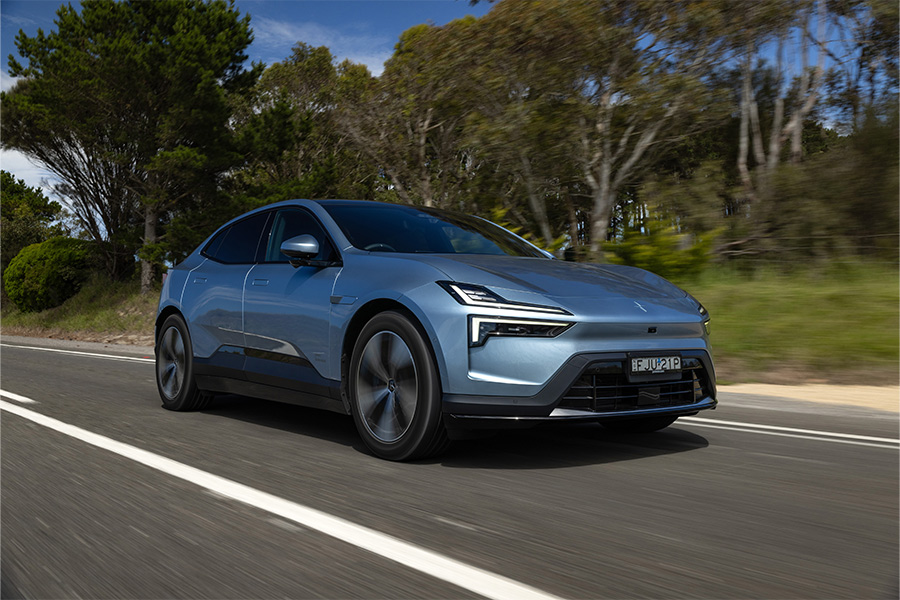
2025 Polestar 4 (Electron colour shown)
As expected, the acceleration performance disparity is huge between trim levels.
Despite a respectable 0-100km/h dash of 7.1 seconds (claimed), the Long Range feels underpowered, with acceleration becoming increasingly exhausted as it nears three-digit speeds. Electric or not, 200kW is not a lot to get 2230kg moving and takes away from the sporty aspirations Polestar clearly has for the model. The Dual Motor, as expected, does not have this problem, propelling its 2355kg mass to 100km/h in just 3.8 seconds.
Performance criticisms taper at this point. Both variants provide strong – albeit surprisingly different – handling characteristics. The rear-drive Long Range is the much nimbler of the two (even though it misses out on the adaptive dampers and uprated tyres of a Dual Motor Performance), providing an eagerness to rotate, with 52 per cent of its weight pressing on the rear tyres and complemented by nicely weighted steering.
The Dual Motor achieves a perfect 50:50 front-rear weight balance, but its weight surplus over the Long Range feels greater than the 125kg on the spec sheet. While the more planted and grippy of the two at all speeds, its mass fights back against the driver more, resulting in a less engaging and rewarding drive – at least until you put your foot down.
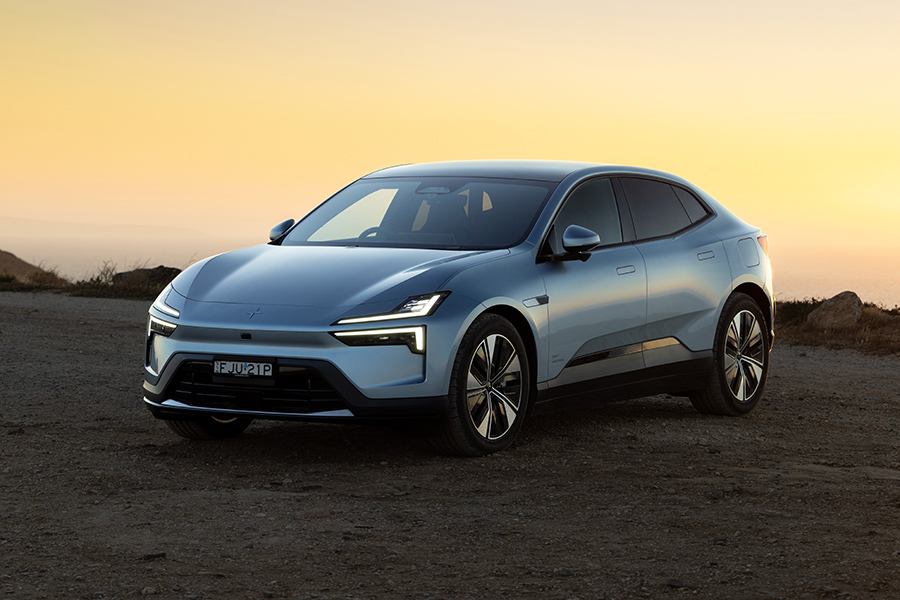
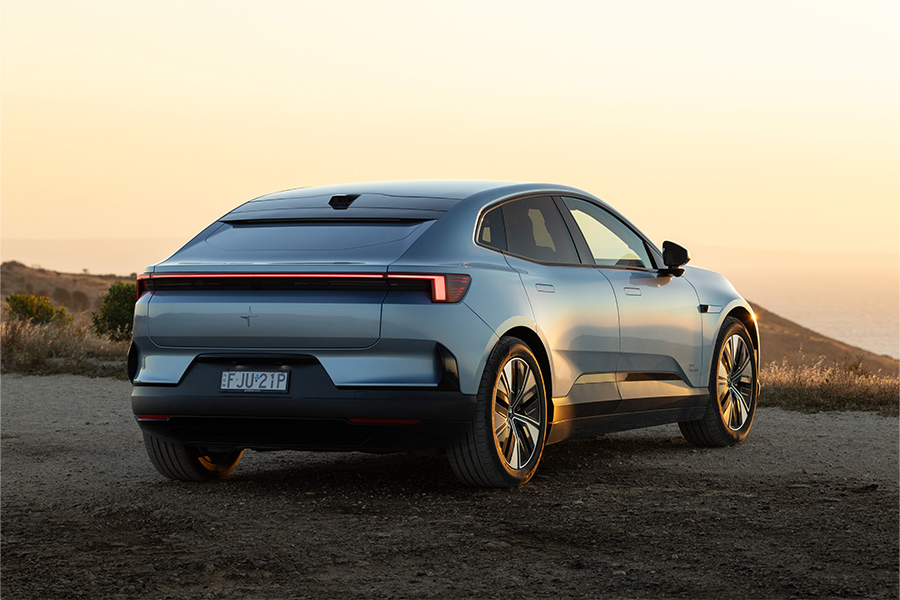
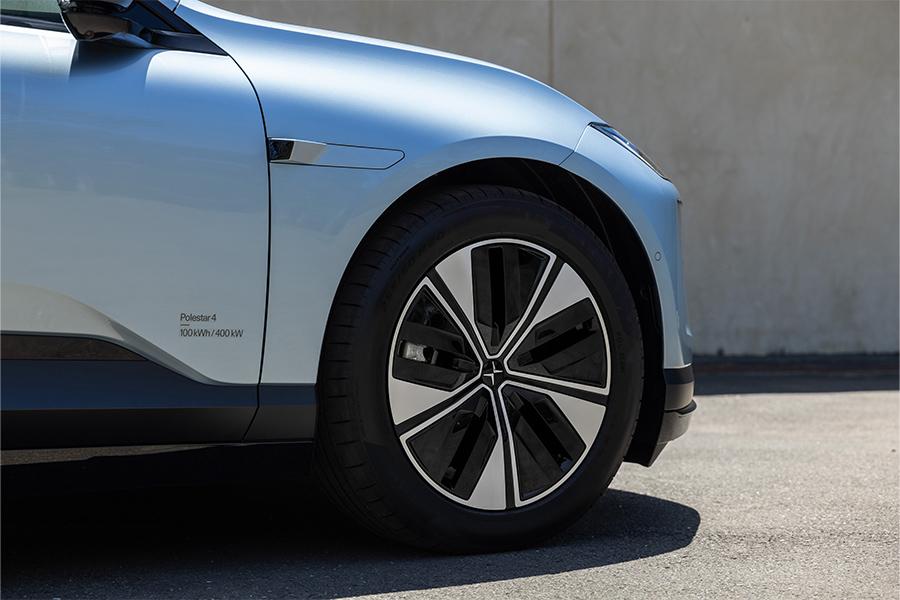
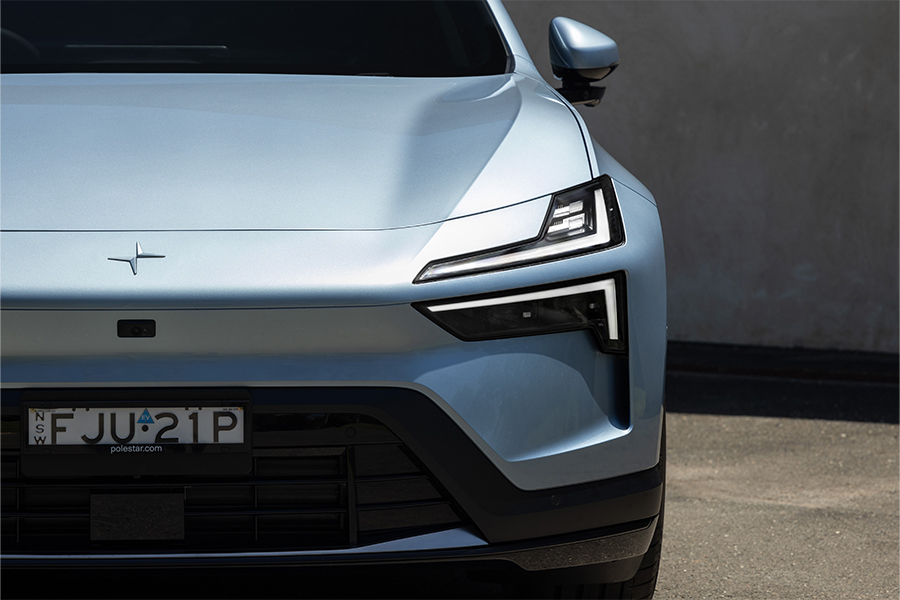
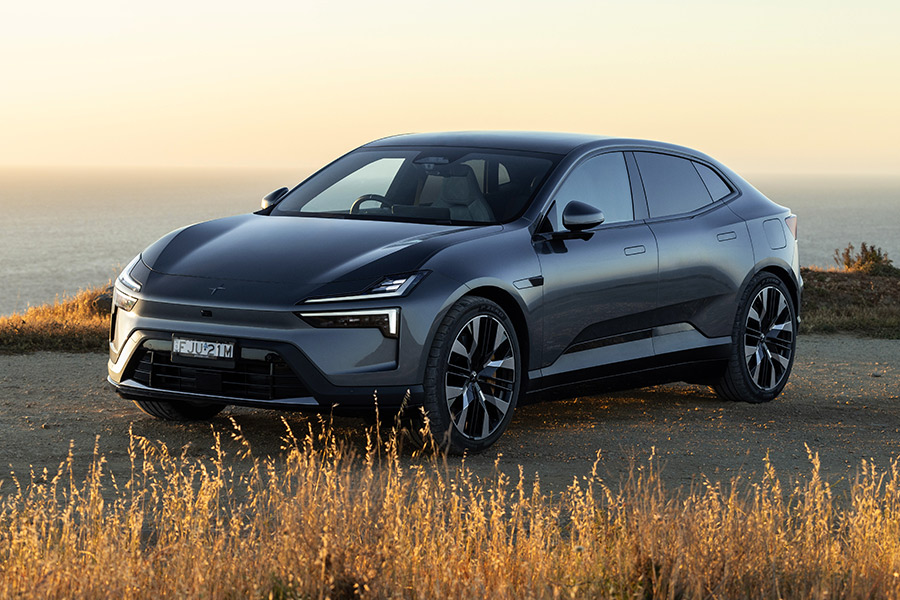
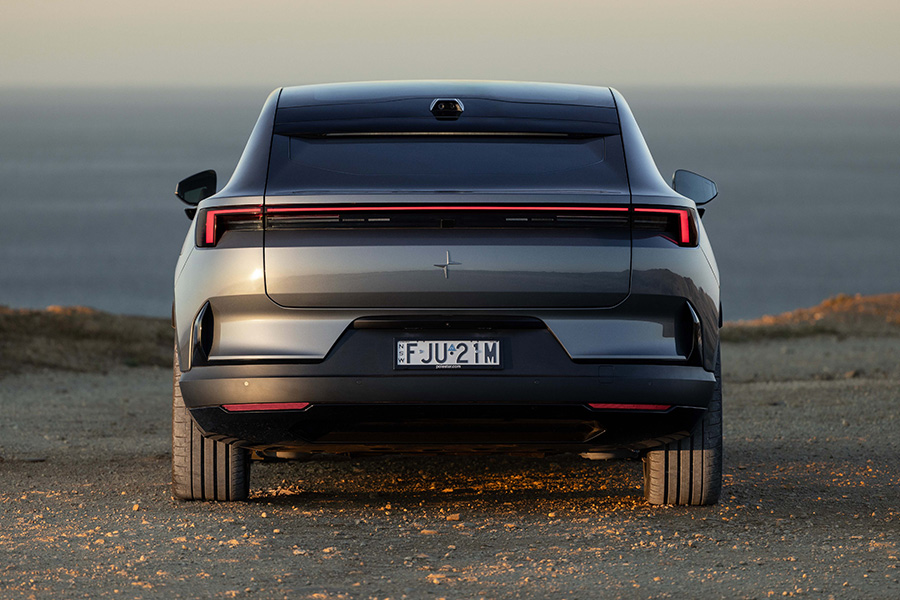
Cost is the defining factor in this segment, and the 4 places itself in an interesting spot. Against the Tesla Model Y benchmark, the Polestar 4 moves the needle upwards in all considerations. It’s the better-looking, better-performing, better-finished car, but the improvements all come with a commensurate price increase.
With a new and heavily updated Model Y waiting in the wings before a mid-year release (with heavy discounts to stock of the remaining model until then), Polestar might have to bide its time to see how many Tesla buyers it can poach. That being said, we wouldn’t be surprised if it’s more than a few.
Pros
Cons